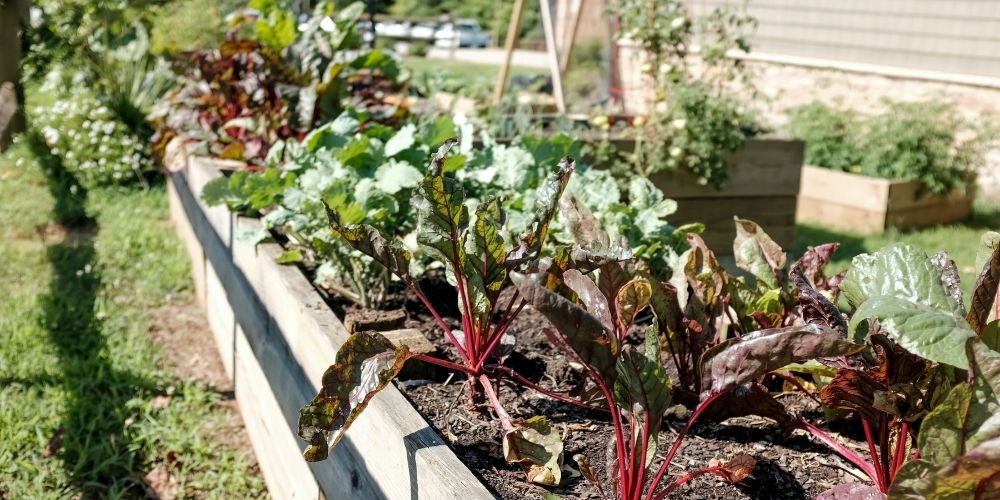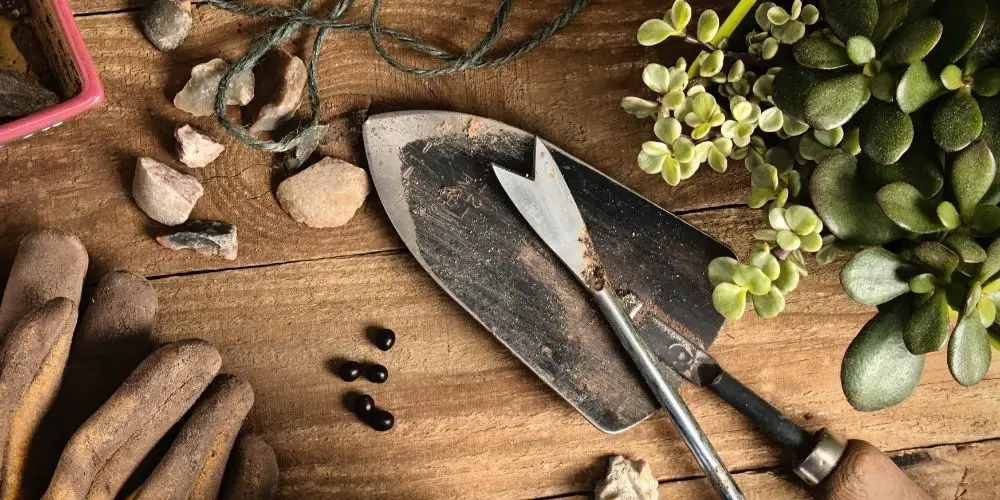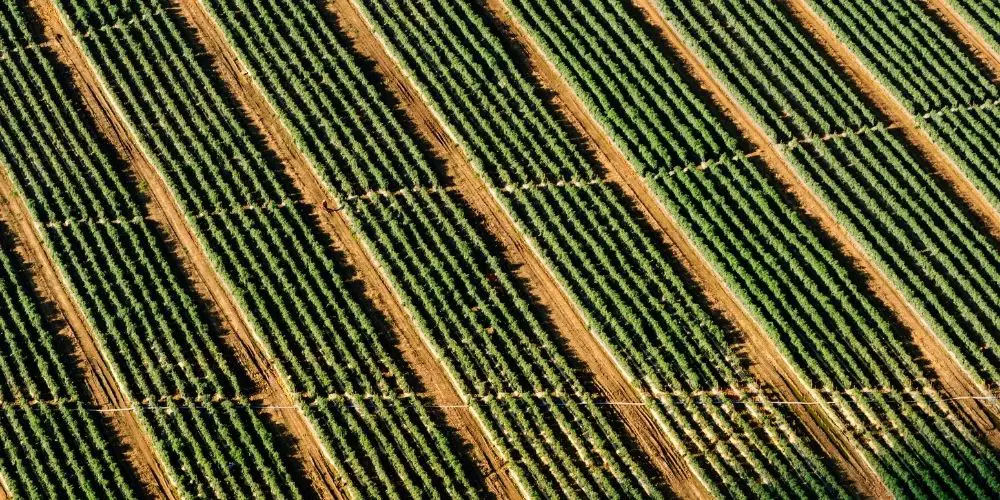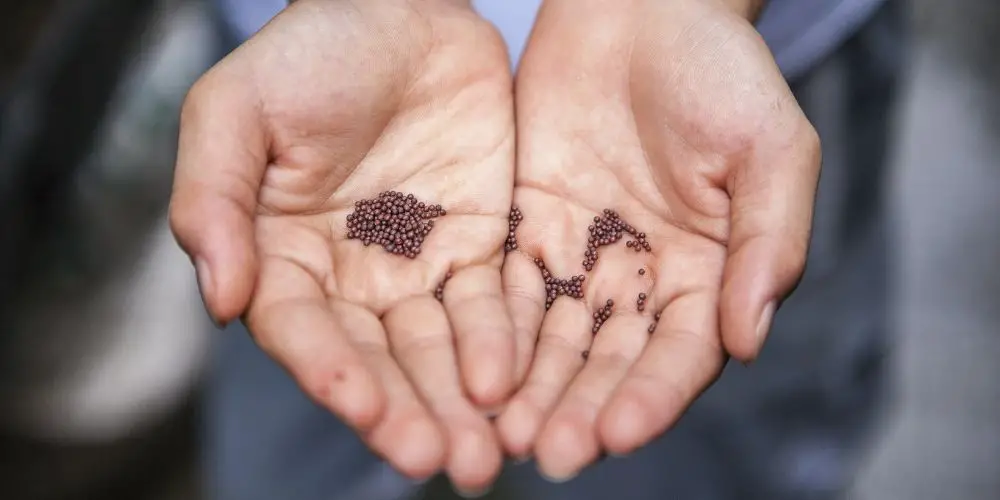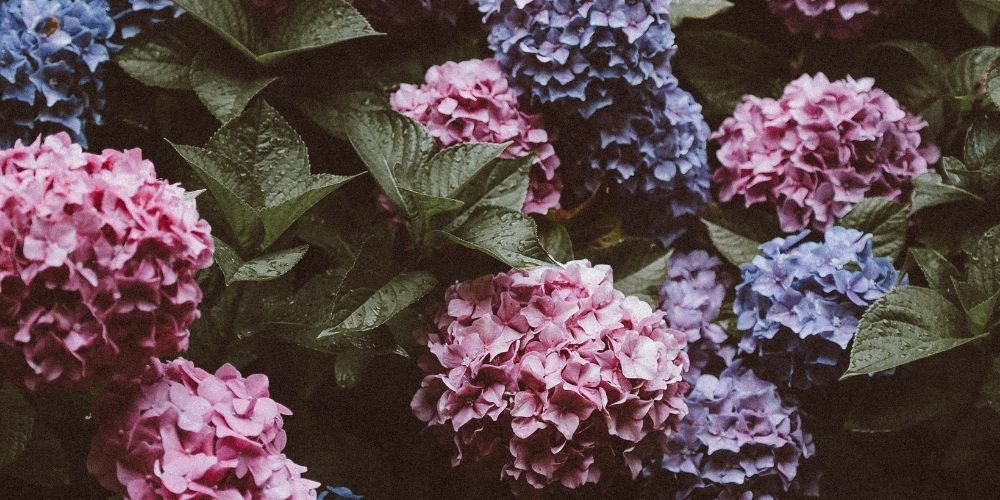Vegetable gardening is an art practiced by many people. Before investing on our gardens, many factors have to be considered which include, when to plant, how to plant and what to plant on these gardens. At times the seasons of the year can be a factor to be determined before planting your vegetable gardens.
You might be occupied so much on other responsibilities to an extend that time catches on you. This however, should not pave way for reason for you not to plant. Therefore, it is possible to plant your vegetable garden late in the year. Talking of “late in the year” simply means late summers.
How late in the year can I plant my vegetable garden?
Despite being late, it is still possible to continue to plant your vegetable garden and make a good harvest. Fall crops are known to be planted during these late seasons. This can only be achieved by following simple guidelines.
How to plant your vegetable garden late in the year
If you had taken time in full-summer harvest or your timeline did not go as planned you can still manage to plant your vegetable garden and make a successful harvest. The procedures for you to manage this is by;
Getting started early.
Time is always money and you should keep it. Any planting begins with preparation of the farm. Since you are intending to make a late-year planting of your garden, it simply shows that the garden might have been occupied by other crops or was idle awaiting the planting. You should therefore begin preparing the garden early before time catches and it is late in the year. Despite being late in, you ought to start planting in time.
The peak of summers are always appropriate to start planting the late season crops. At this time there is enough heat conditions appropriate for the fall crops to grow. The plants also get enough time to grow to good sizes worth harvesting. Some fall crops can grow faster and can be planted during late September, while other require several months to mature thus needs the gardener to start growing earlier.
Knowing on the time length for crops to grow.
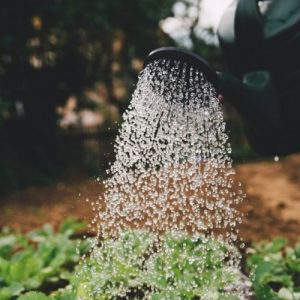
Each crop has its own length it takes to mature. This lifespan should always be considered before planting so that enough time for maturity is achieved. Life span for specific plants can be altered due to environmental conditions. A proper knowledge on the lifespan of a plant can help you to plant late in the year and achieve a good harvest.
Once you understand the lifespans of different crops, you can now start planting earlier those that take long to mature. Also you need to harvest summer crops as soon as possible. This can only be achieved if you had planted these crops on time and it shall allow you to plan properly on the next late year planting. It is also an ideal idea for gardens with limited spaces.
Having knowledge that matured plants last in fall season.
It is obviously that plants take longer to mature during fall season and this is a fact that you should know. Despite that, it is obvious that a matured crop shall hold on for a long time when subjected to cold conditions. Now, you should adjust your planting times so that when the cold condition arrive our crops shall have matured and shall last long before getting stale.
Vegetables are obviously more perishable but when in cold conditions, they stay for a while. If you now have knowledge on that, you will plant late in the year knowing that your harvest shall be higher.
- Does Lavendar come back every year?
- Does Basil come back every year?
- What garden plants can survive frost?
Conclusion
With gardening, nothing is impossible. It is only you as the gardener to organize and plant your vegetable despite the lateness in time. So long as the weather conditions shall allow for germination and a good growth till maturity, being late in the year should not be an issue. In fact, this period of the year comes with cold conditions that are favorable for you to stock your harvest and reduce perishability, therefore take advantage of it. Accompany yourself with the materials and seed and proceed to plant, a good harvest shall be achieved.

